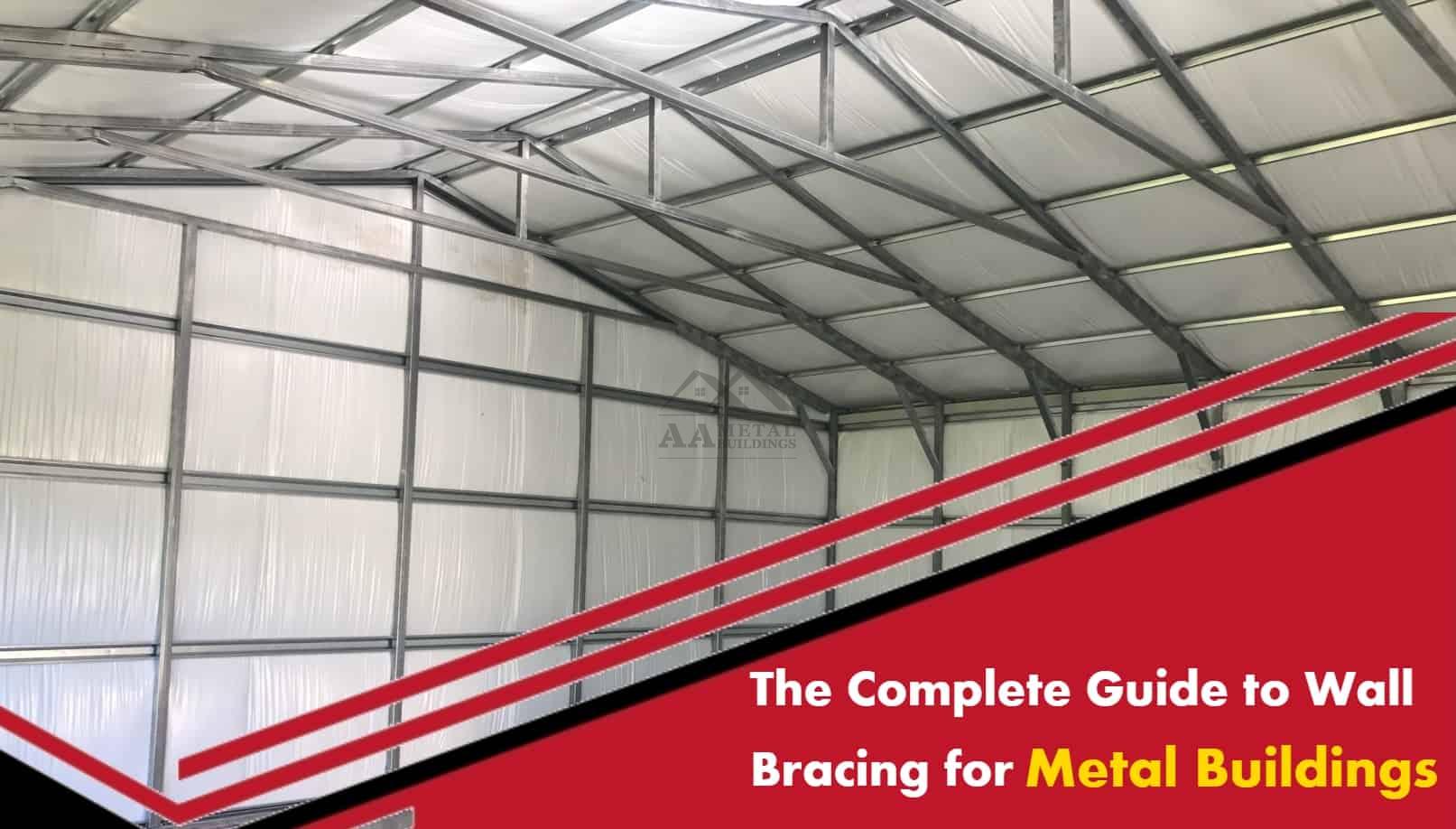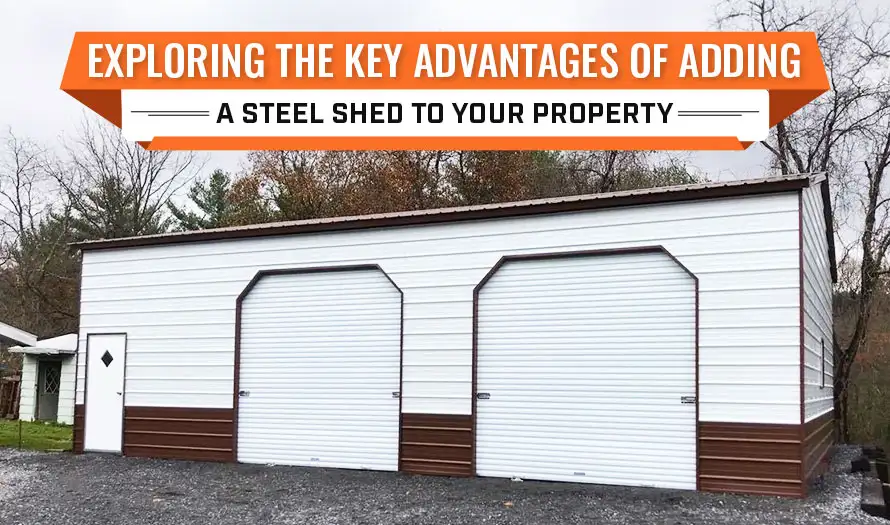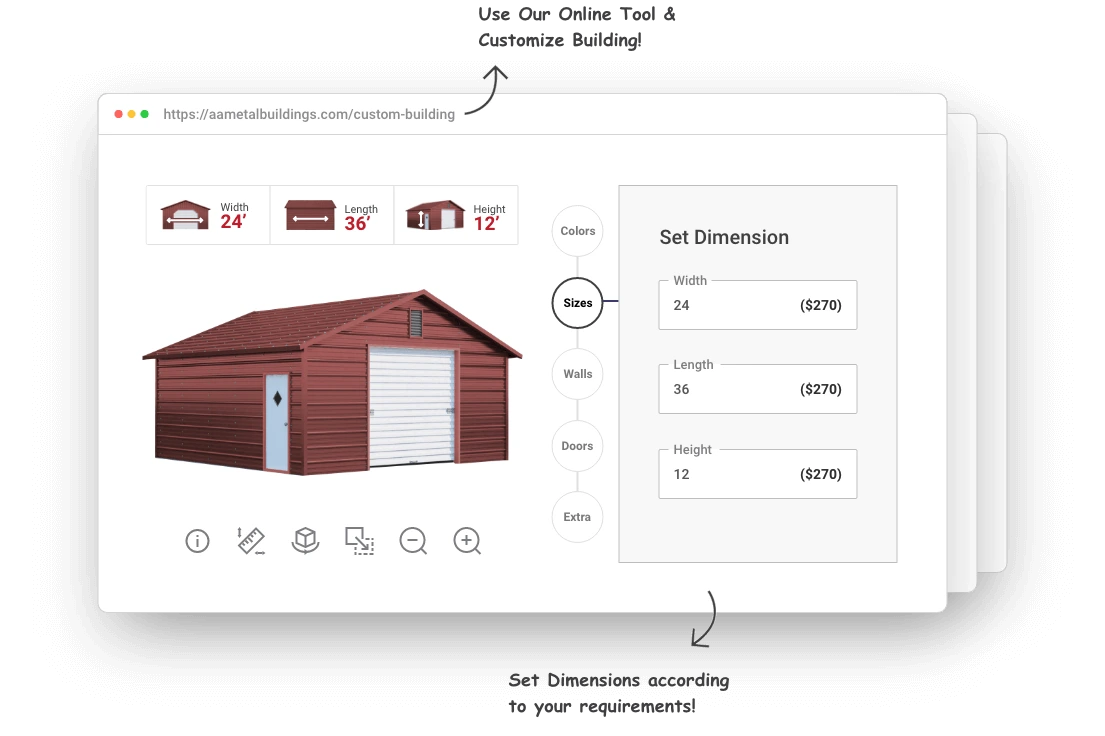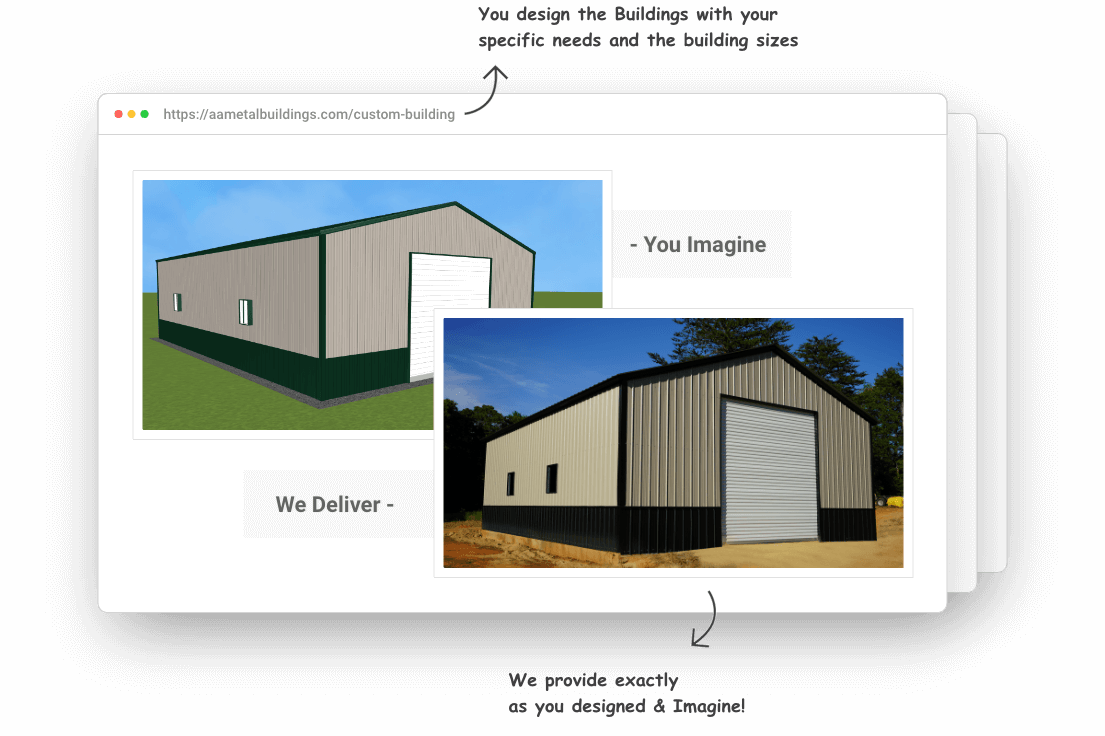Wall bracing gives metal and steel structures stability. It balances and transfers the stress induced by the loads that the steel or metal walls carry. They actively disperse the weight of the load across the structure, avoiding collapse and breakdown of the building.
Since metal buildings—like all structures—endure a variety of different conditions and weather, it makes sense that wall bracing can support laterally and longitudinally. Just as there are many reasons why a building needs wall bracing, there are many forms that wall bracing takes and many ways that it works.
The Mechanics of Wall Bracing: How Does It All Work?
Forces always act on buildings. Some of these forces are constant, like gravity, and others are seasonal, like wind or snow. Most buildings are constructed to resist these forces, but times exist when the traditional efforts from building design are too weak against things like lateral forces.
These lateral forces cause buildings to move side to side, causing collapse quickly. However, metal buildings are installed with steel wall braces, therefore, when the building encounters a lateral force, wall braces prevent damage by being installed in an X-shape diagonally across the length of the wall. These brace frames distribute the influence and load of the force to diminish it, holding fast to the building’s frame. This simple intervention can save lifetimes on your metal building.
Brace Yourself! These Conditions Require Wall Braces
In truth, many conditions require bracings. Wind and seismic activity, however, present themselves to builders most often. When wind pushes against one wall, it pulls on another and pushes the roof upward. All these forces need to be resisted by bracing walls to keep the building from moving and away from moments of collapse.
At the same time, seismic activity threateningly accelerates the building horizontally, vertically, and at points of mass. The very ground underneath the building shakes, and the inertia that keeps the building in place is loosened. This creates the same conditions as the wind and the possibility of building damage or collapse.
These forces can come at any time from any possible direction, and your walls must be able to stand up to them. That’s why wall bracing adds more strength and ability to withstand lift, movement, compression, torsion, and more.
Wall Bracing for Everyone: The Systems and Types You Can Choose
Clearly, wall bracing is a reality that everyone who wishes to maintain large metal buildings. The forces that make it necessary for these structures exist constantly in nature, such as gravity, weather, and seismic shifts. So, it’s best to become familiar with the kinds and methods of wall bracing, and you can decide for yourself what will work best for you.
Vertical Bracing
This bracing system places braces between columns to create a path for load transfer all the way to the ground. Buildings framed this way may also require some horizontal braces for other directional stressors.
Horizontal Bracing
Bracing a building at every floor level allows horizontal forces to be disrupted and placed to transfer onto vertical braces. Together, they create a system in which each floor and column resists the forces of collapse.
Single Diagonals
Single diagonals mean trussing or triangulating the structure by inserting structural members on a diagonal. They fit into a rectangular frame and stabilize it, creating the ability to fight against the compression and tension introduced by gravity, weather, and seismic forces.
Cross-bracing
Cross-bracing also goes by the name of “X” bracing because its two diagonals meet in the center and form this letter of safety for your walls and foundation. The brace resists horizontal disturbances and many other tensions that exist in buildings. Unfortunately, these braces can sometimes cause floor beam bending and limit the space within the building’s facade.
V-Bracing
Unlike single diagonals, V-bracing includes two members that meet in the middle and form a kind of “V” of protection for your building. The bracing can be inverted to form chevron bracing, but they both keep the building from buckling under capacity and to stop bending of horizontal beams.
K-Bracing
At a middle height, “K” braces form a “V” pointing sideways. The flexibility of floor beams and openings realizes itself with this form of bracing, but, at the same time, it doesn’t resist seismic activity very well with the potential for column failure.
Eccentric Bracing
Perhaps the most interesting of all bracing, eccentric bracing meets at the center in a similar way to “V” braces, but they connect separately to the beam, meaning that it absorbs energy from seismic forces. You can even use eccentric bracing with single diagonals, making it robust and attractive.
Getting Wall Braces from the Trusted AA Metal Buildings
You now understand how bracing works, why you need it, and the many options you have for introducing safety and security into your buildings as you resist constant, dangerous forces. These braces can be built into your designs for the ideal metal building, and you are now prepared to choose them.
AA Metal Buildings offers only the most top-quality steel buildings with superior, smart wall bracing that ensures a long life for your metal building. They provide buildings for commercial, residential, agricultural, industrial, and motor home applications, so you can choose a building for nearly any purpose.
Get a guaranteed low price and buy online. You’ll receive some of the best industry lead times while receiving a truly special building outfitted with all the right systems. Contact AA Metal Buildings today at +1 (877) 244-4470!








